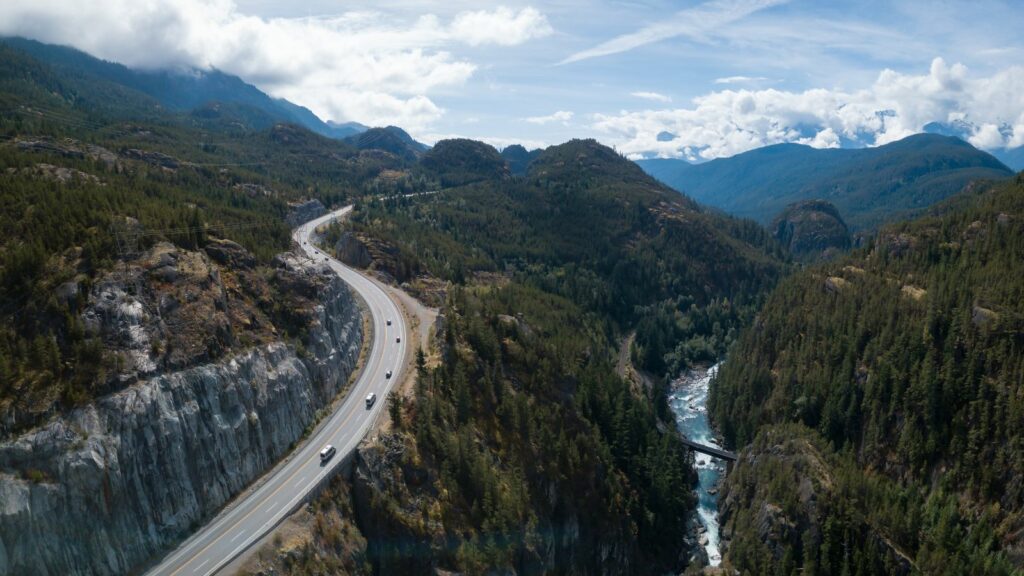Highways are supposed to connect cities and provinces, making travel smoother and faster. But some stretches of road across the U.S. and Canada have built a reputation for danger. Whether it’s because of twisting mountain passes, extreme weather, or sheer traffic volume, these highways test even the most skilled drivers. For Canadians and Americans alike, they’re roads that demand full attention and a healthy dose of respect. Here are twenty of the most dangerous highways across North America, expanded with details about why they’re so notorious.
Highway 401, Ontario
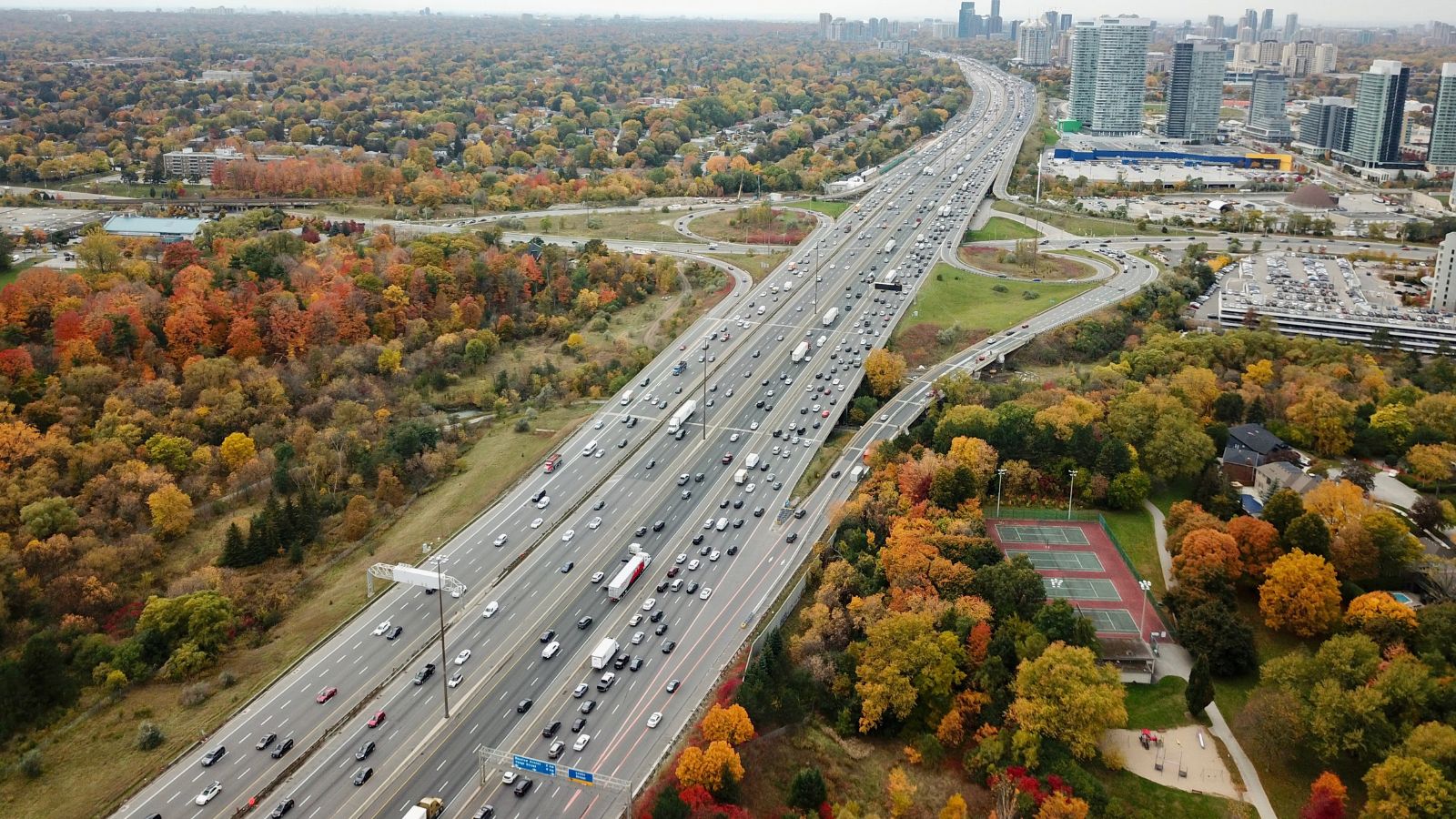
The 401 is the busiest highway in North America, with traffic levels reaching over 400,000 vehicles a day in Toronto. The combination of high speeds, congestion, and unpredictable Ontario weather makes it a hotspot for multi-car pileups. In winter, snow squalls create whiteout conditions, while in summer, impatient drivers weave between lanes, often with disastrous results.
Highway 63, Alberta
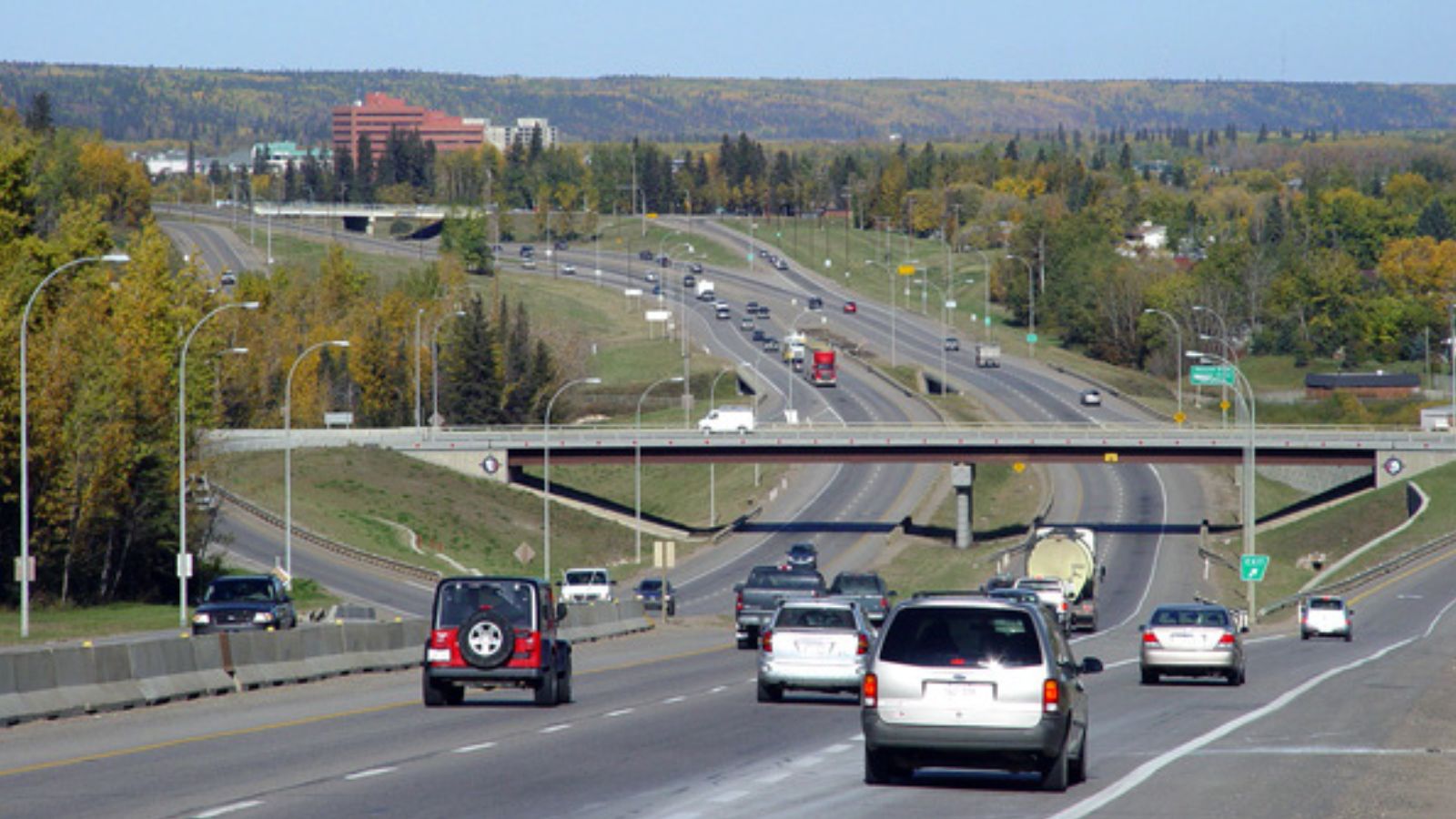
This stretch from Edmonton to Fort McMurray earned the nickname “Highway of Death.” For years, oil sands traffic created a lethal mix of heavy trucks and passenger cars on long, boring straights. Drivers often attempted risky passing moves, leading to horrific head-on crashes. Improvements and twinning have helped, but its reputation still lingers among Albertans.
Highway 17, Ontario
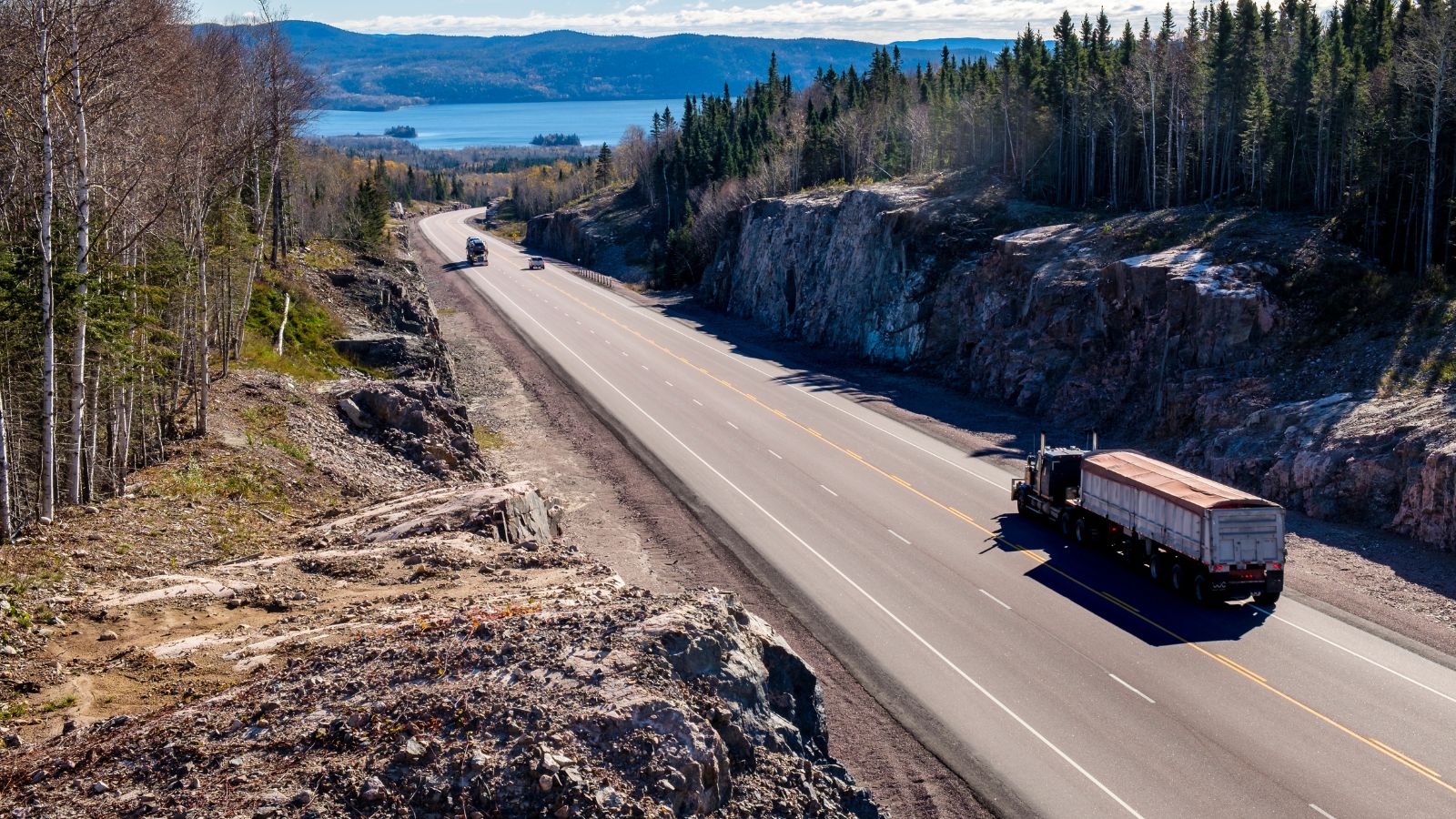
Running through the rugged Canadian Shield, Highway 17 is remote and heavily used by transport trucks. Narrow lanes, blind hills, and sudden weather changes make it intimidating. Add in the constant risk of moose crossing the road, and it becomes clear why drivers treat this route with caution.
U.S. Route 1, Florida
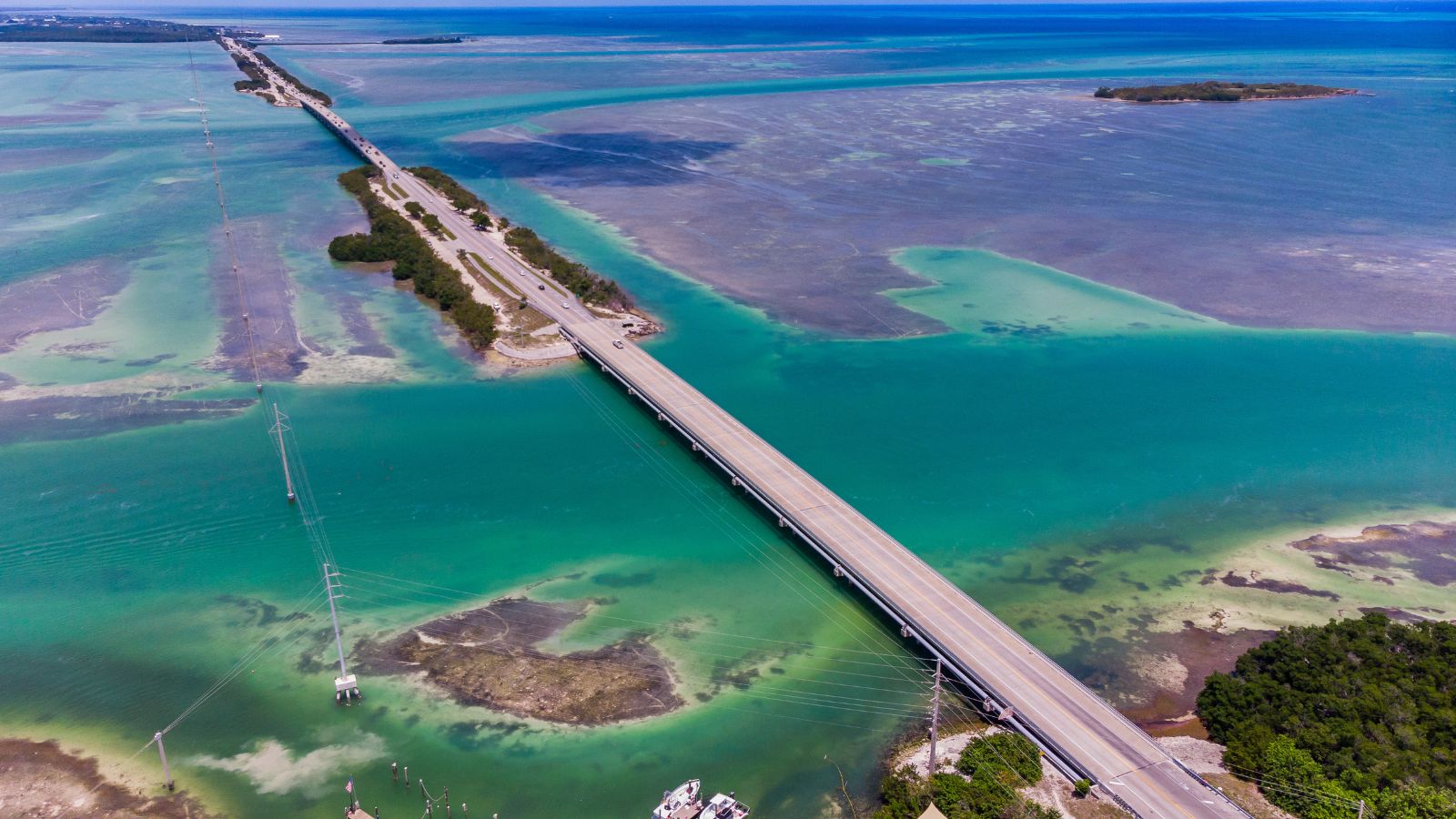
Florida’s U.S. Route 1 sees everything from retirees to tourists in rental cars. The section through the Florida Keys is especially dangerous with narrow bridges, no shoulders, and impatient drivers rushing to vacation spots. It’s beautiful, but a moment’s distraction can put you in the ocean.
I-95, Eastern U.S.
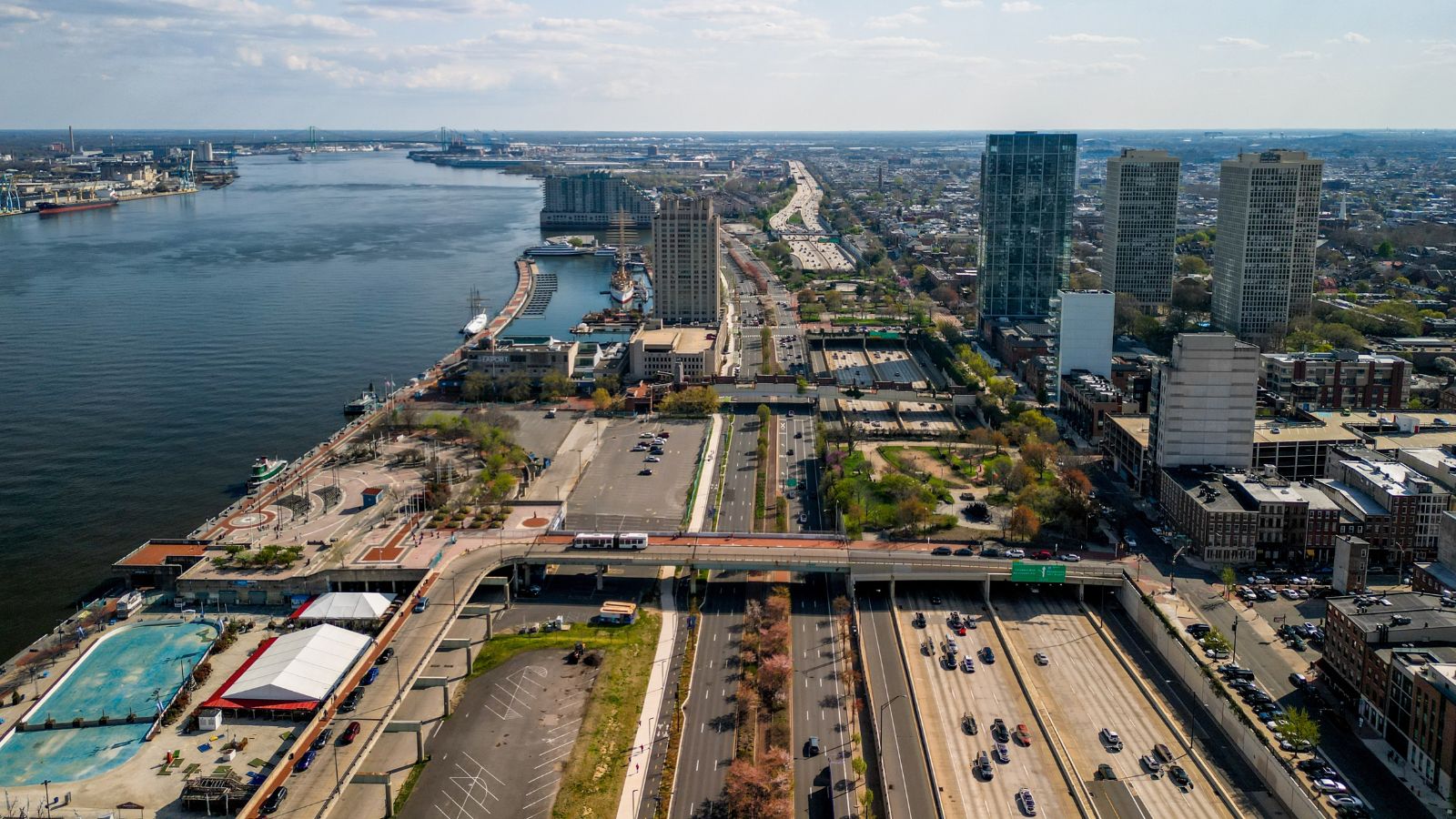
Spanning Miami to Maine, I-95 is one of the most heavily traveled interstates in America. Aggressive drivers, congestion, and poor weather in the northern states make it deadly. Some stretches rank among the highest in fatal crashes annually, making it infamous coast-to-coast.
Coquihalla Highway, British Columbia
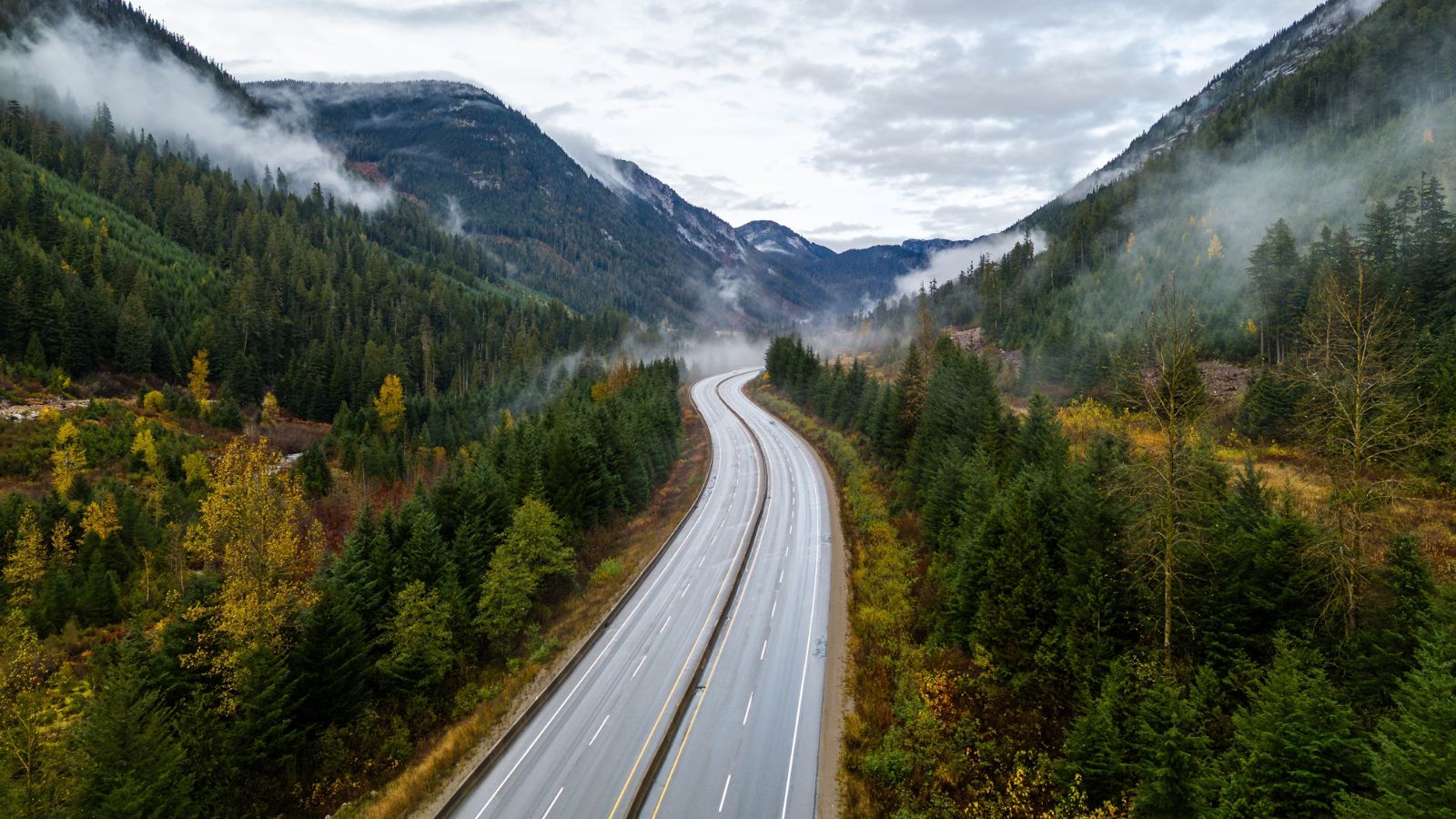
The Coquihalla is one of Canada’s most treacherous highways. Steep grades and sharp curves make it challenging enough, but winter storms add avalanches, ice, and whiteouts into the mix. Even seasoned truckers admit it can be terrifying. It’s no wonder this road was featured on the show Highway Thru Hell.
Highway 2, Alberta
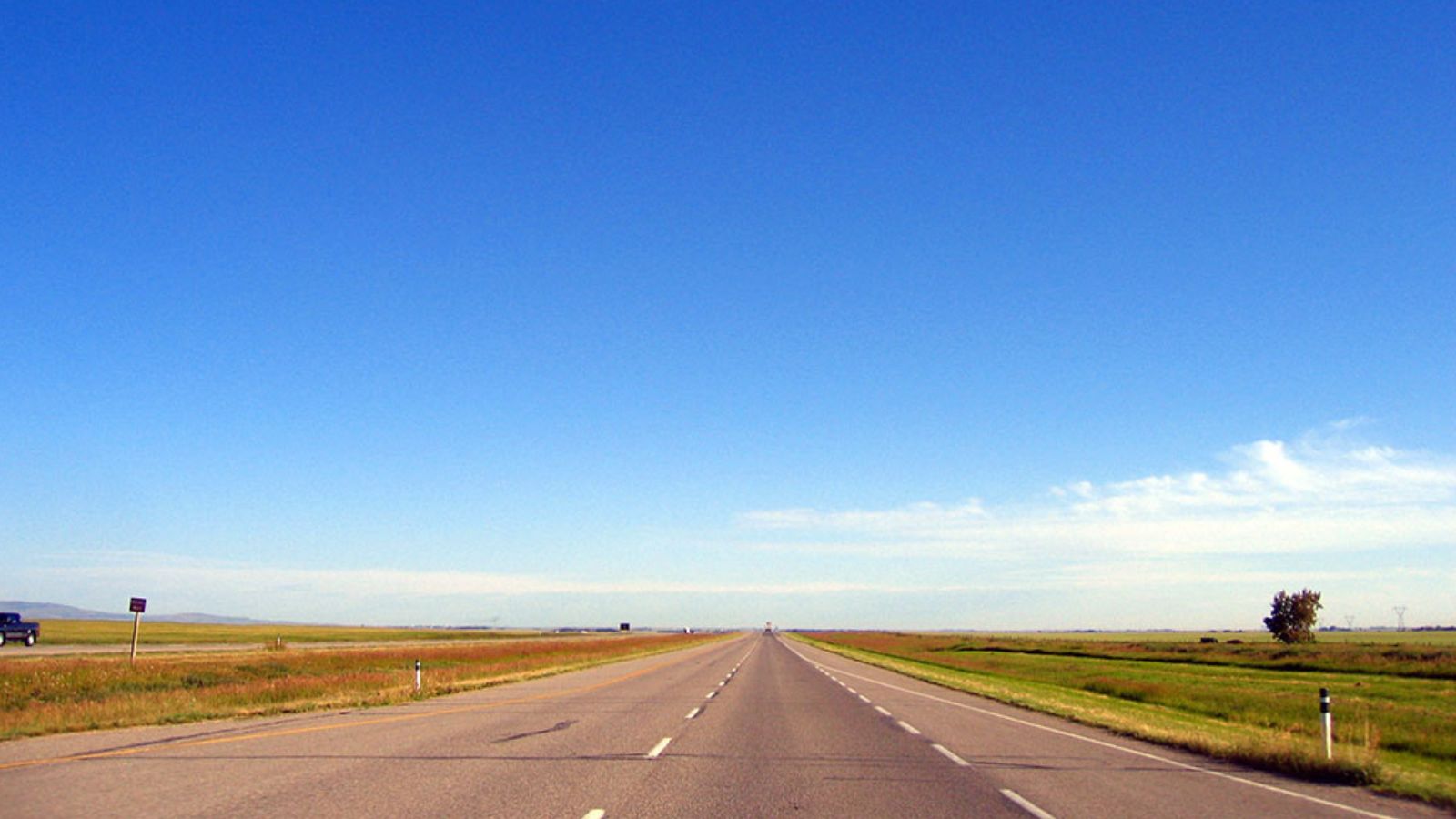
Between Edmonton and Calgary, Highway 2 looks easy — straight, flat, and fast. But it’s that very design that lulls drivers into carelessness. Speeding is rampant, and combined with high traffic volume, collisions are common. Weather adds to the chaos, with blowing snow and black ice catching drivers off guard.
U.S. Route 550, Colorado (The Million Dollar Highway)
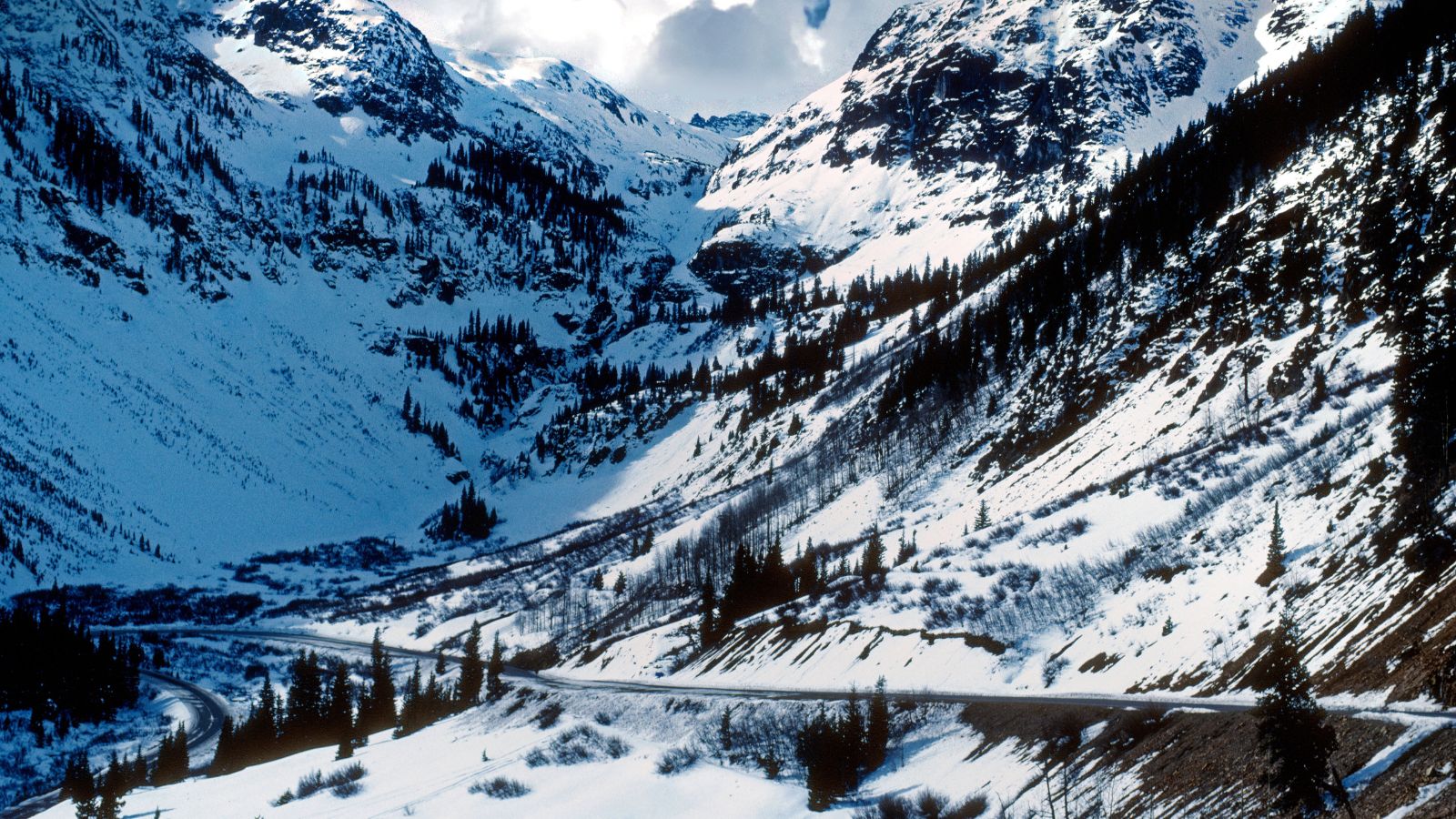
Cut into the Rocky Mountains, this road leaves no room for error. With no guardrails in sections, sharp drop-offs, and hairpin bends, it’s thrilling and terrifying. Tourists often underestimate it, and distracted sightseeing has caused countless accidents. It’s stunning to look at but requires nerves of steel to drive.
Highway 11, Ontario
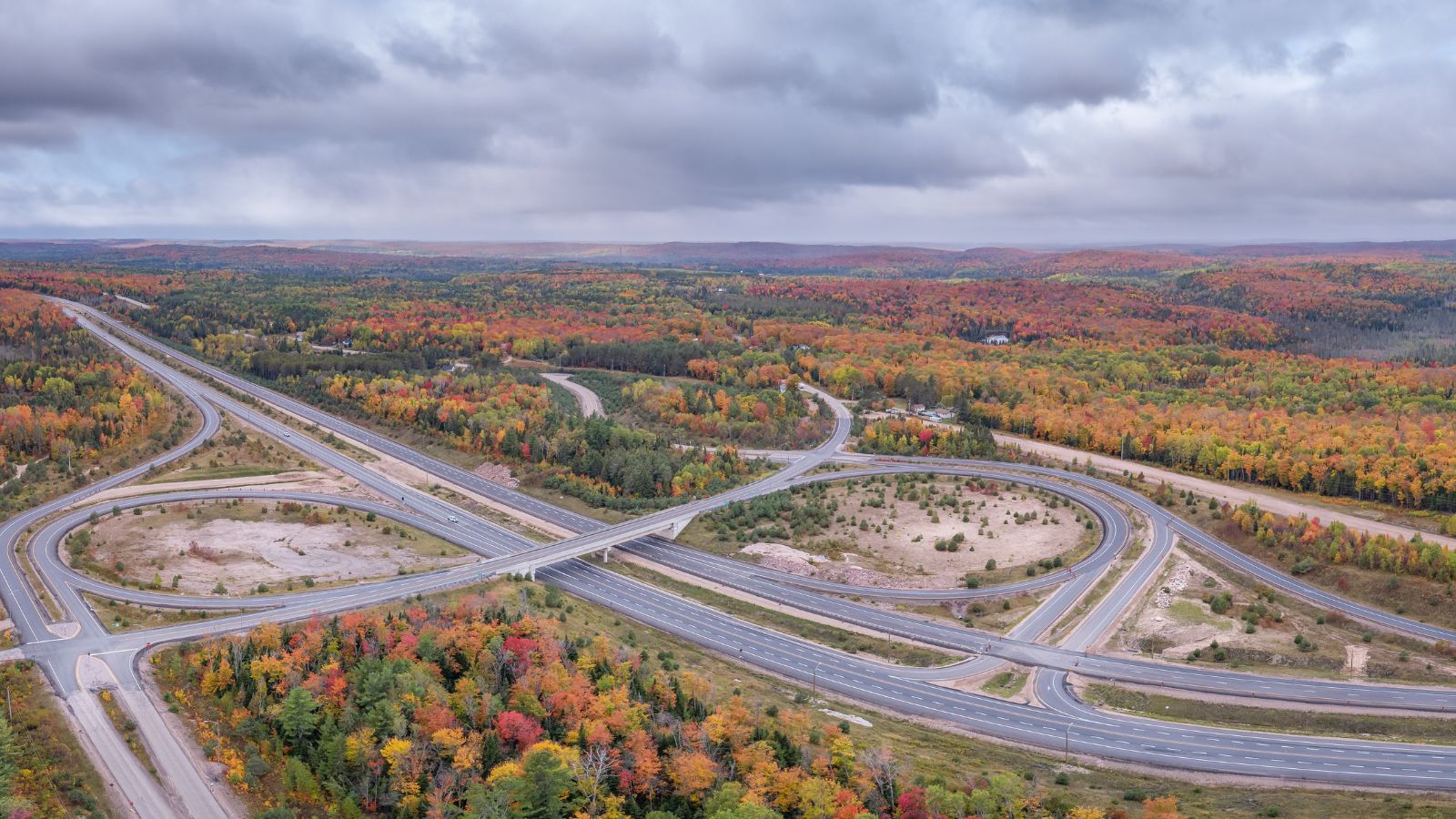
Highway 11 cuts across northern Ontario, where isolation is a constant danger. Fuel stops and services can be hundreds of kilometers apart. Wildlife, especially moose, are a constant threat — a collision with one can be fatal. In winter, icy stretches and heavy snow make the journey even more perilous.
I-15, Nevada
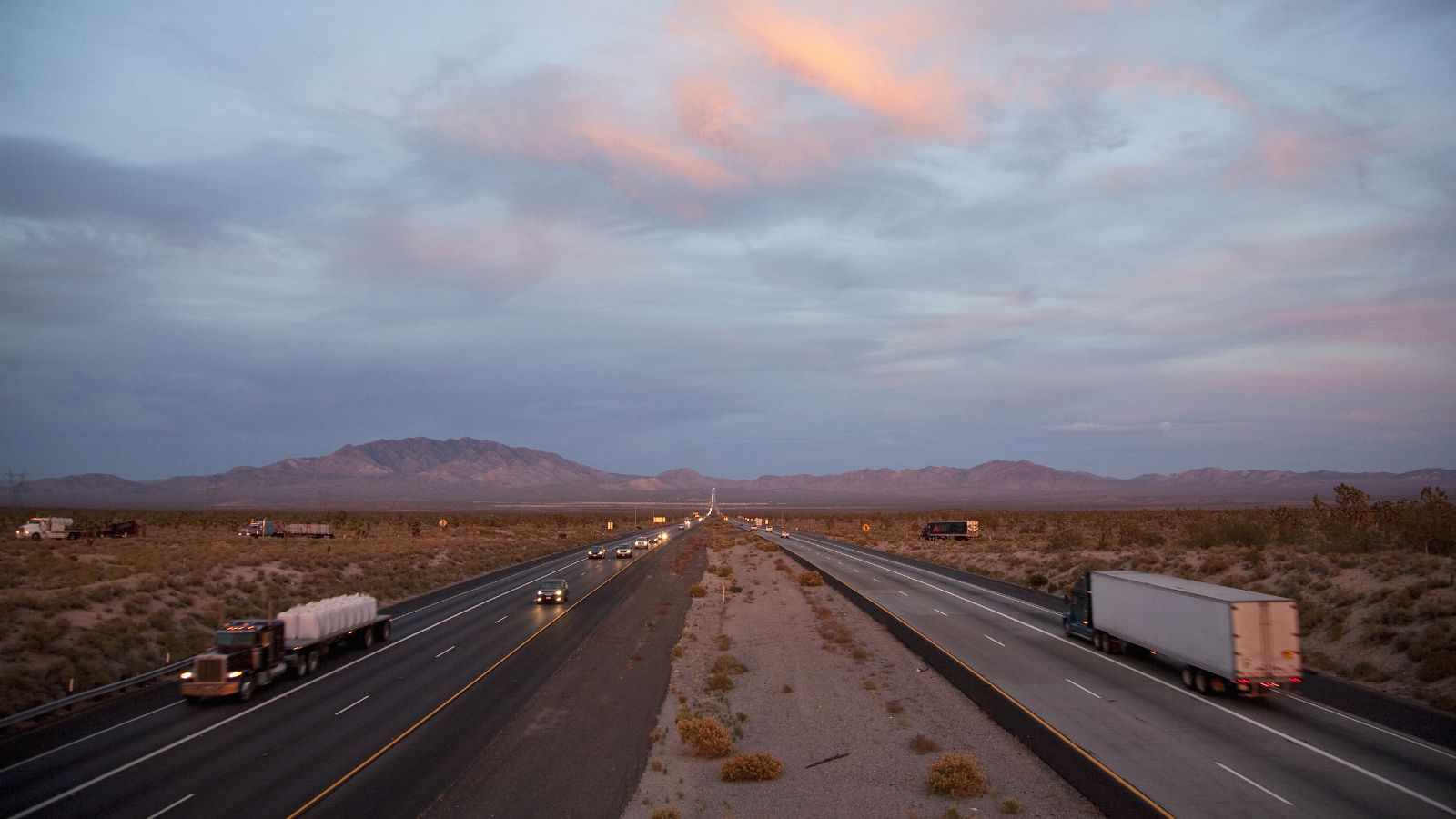
This highway is the lifeline between Los Angeles and Las Vegas, and that makes it deadly. Drivers heading to Sin City often speed, and those returning are tired or worse, hungover. Add desert heat that punishes tires and engines, and it becomes a perfect storm for highway disasters.
Sea-to-Sky Highway, British Columbia
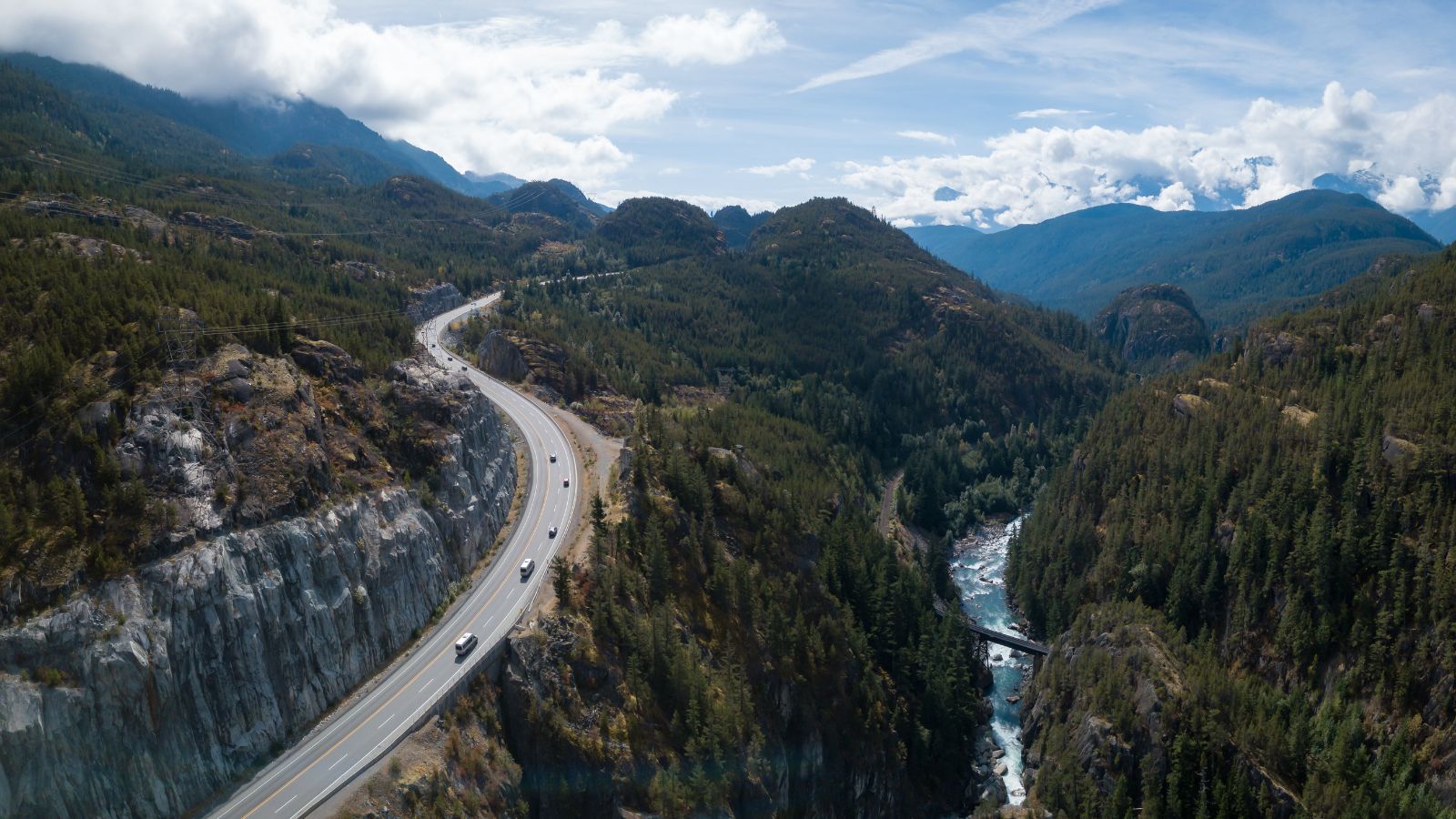
From Vancouver to Whistler, this highway is as dangerous as it is scenic. Rockslides, narrow lanes, and blind curves combine with tourists gawking at the views. Even after upgrades for the 2010 Winter Olympics, the Sea-to-Sky remains a road where locals advise extra caution.
Dalton Highway, Alaska
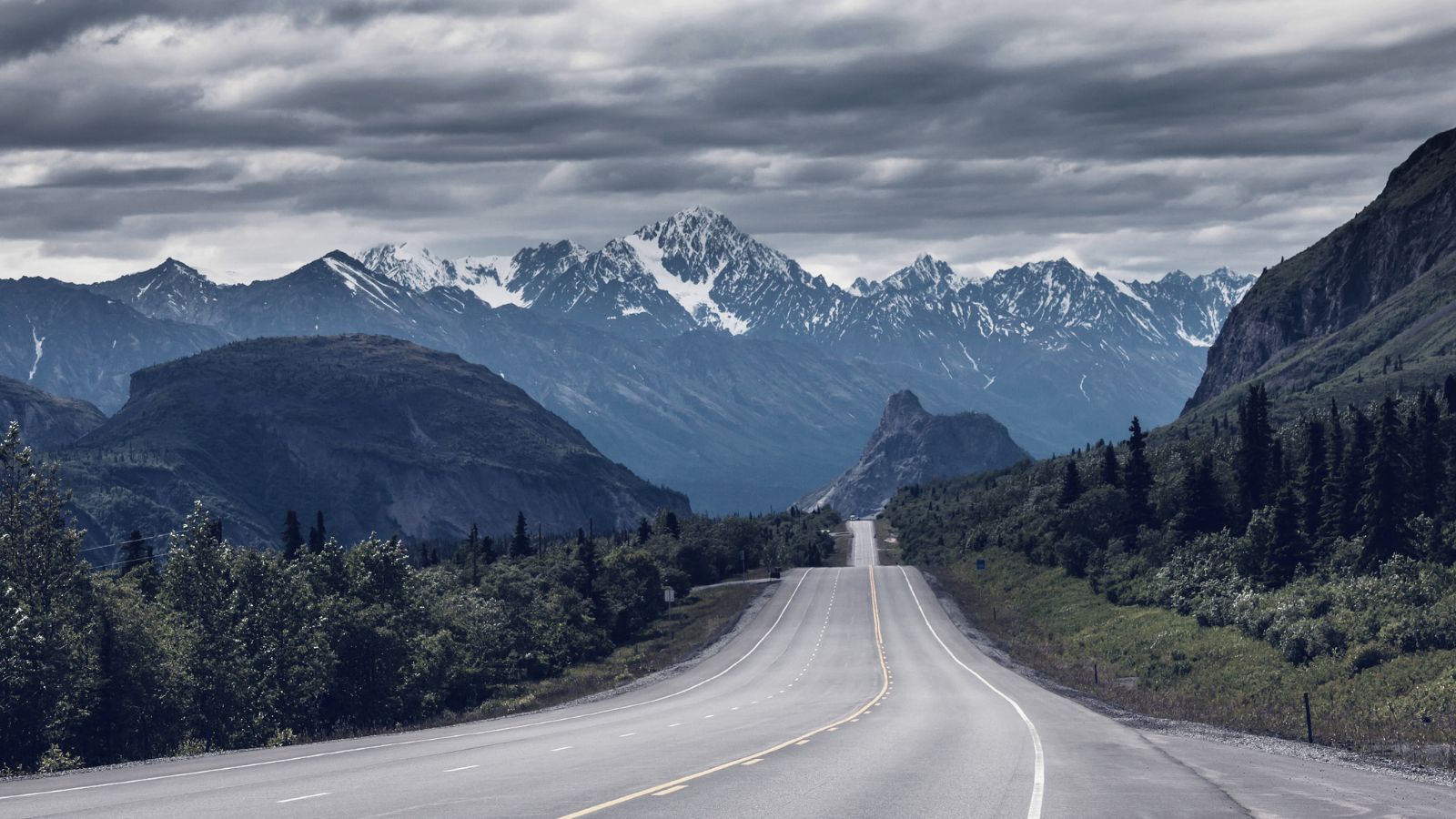
The Dalton is over 400 miles of remote, rugged road. Built to service the Trans-Alaska Pipeline, it has few services, brutal weather, and long stretches of gravel. Truckers dominate the road, and breakdowns here can be life-threatening. It’s a bucket-list ride for adventurers but not for the faint of heart.
Highway 97, British Columbia
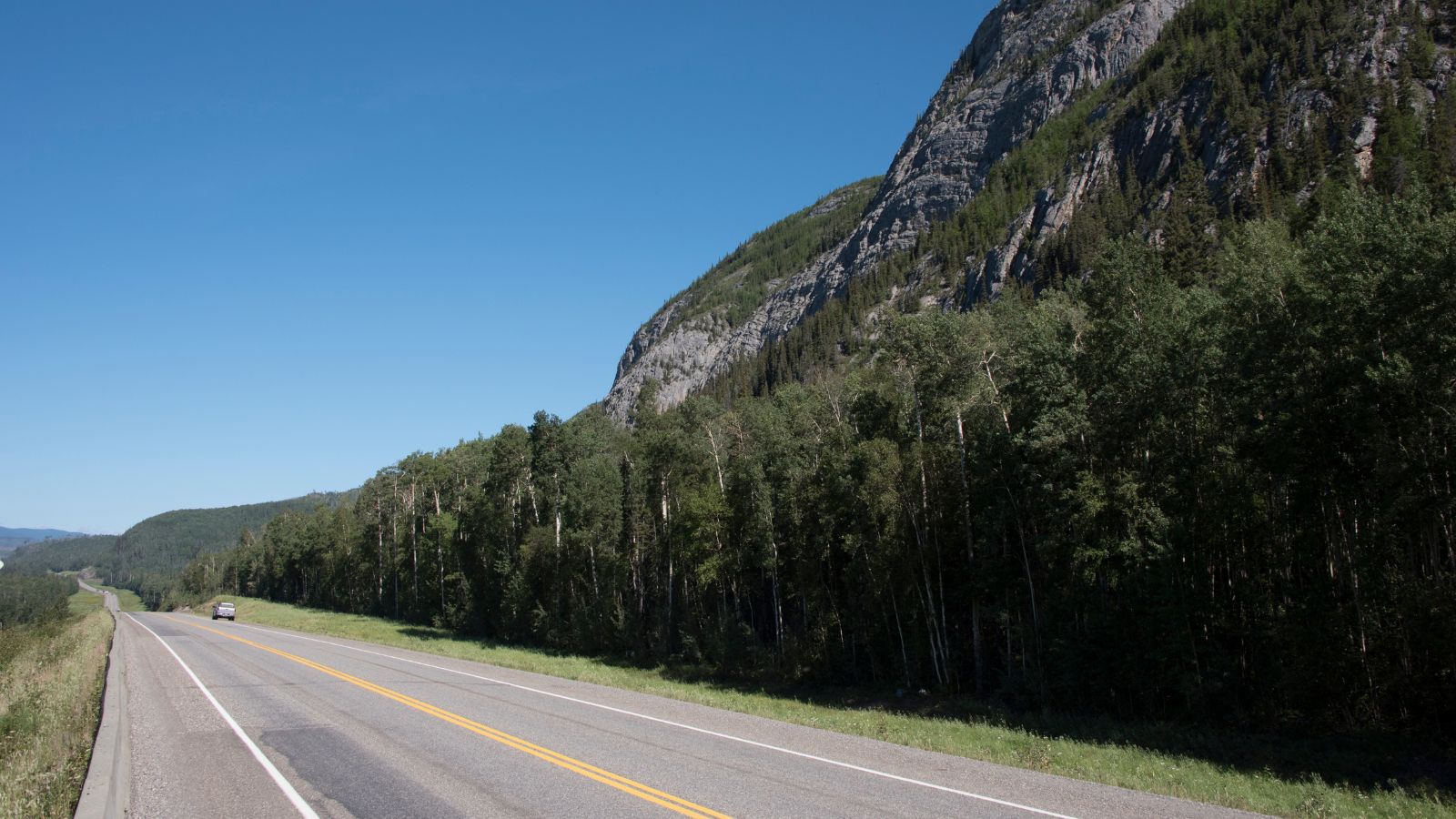
Highway 97 winds through mountainous terrain and rural landscapes. Wildlife strikes are frequent, particularly with deer and moose. In winter, steep grades turn slick, and fog often rolls in unexpectedly. For truckers, it’s one of the more challenging stretches in Western Canada.
I-10, Texas
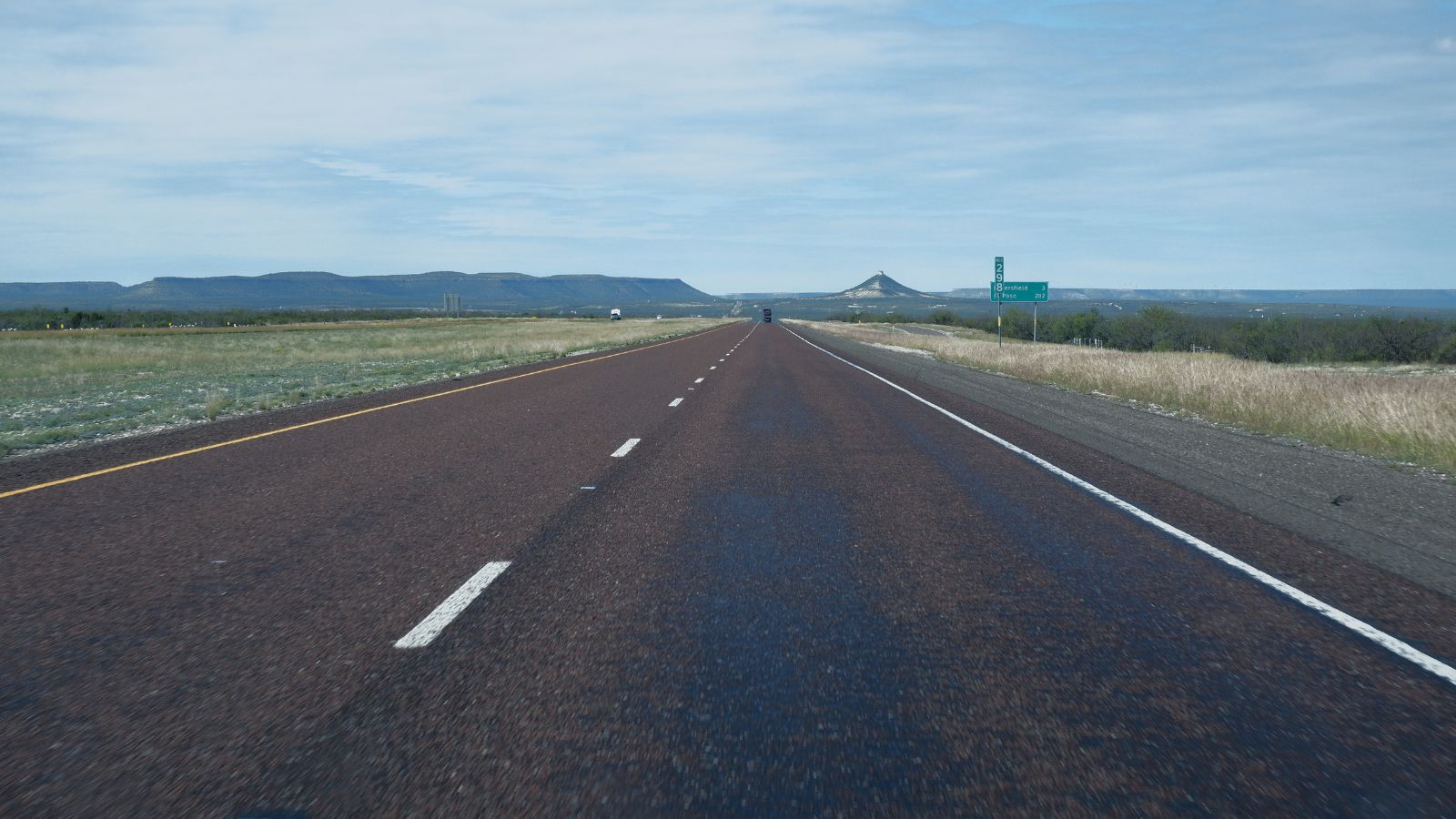
One of the longest interstates in the U.S., I-10 in Texas has some of the highest fatal crash rates. Long, flat stretches encourage excessive speed, while driver fatigue is common on cross-country hauls. It’s also notorious for distracted driving accidents, with endless news reports of tragic pileups.
Highway 40, Quebec
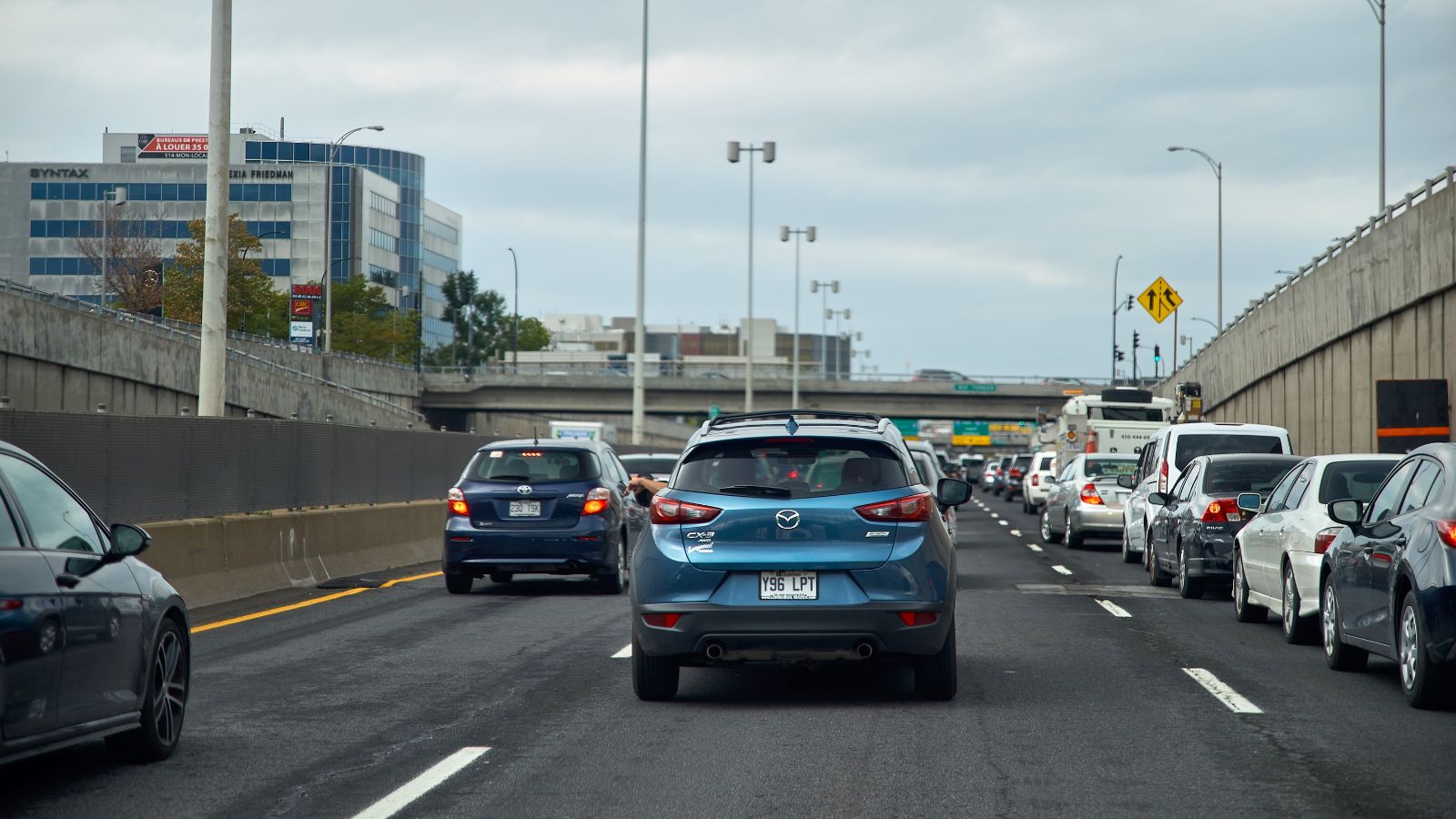
As one of Quebec’s busiest highways, Highway 40 deals with heavy commuter and truck traffic. Combine that with snowstorms, black ice, and drivers who often push the limits, and it becomes one of the most accident-prone highways in the province. Multi-car pileups are a regular winter headline.
U.S. Route 2, Montana
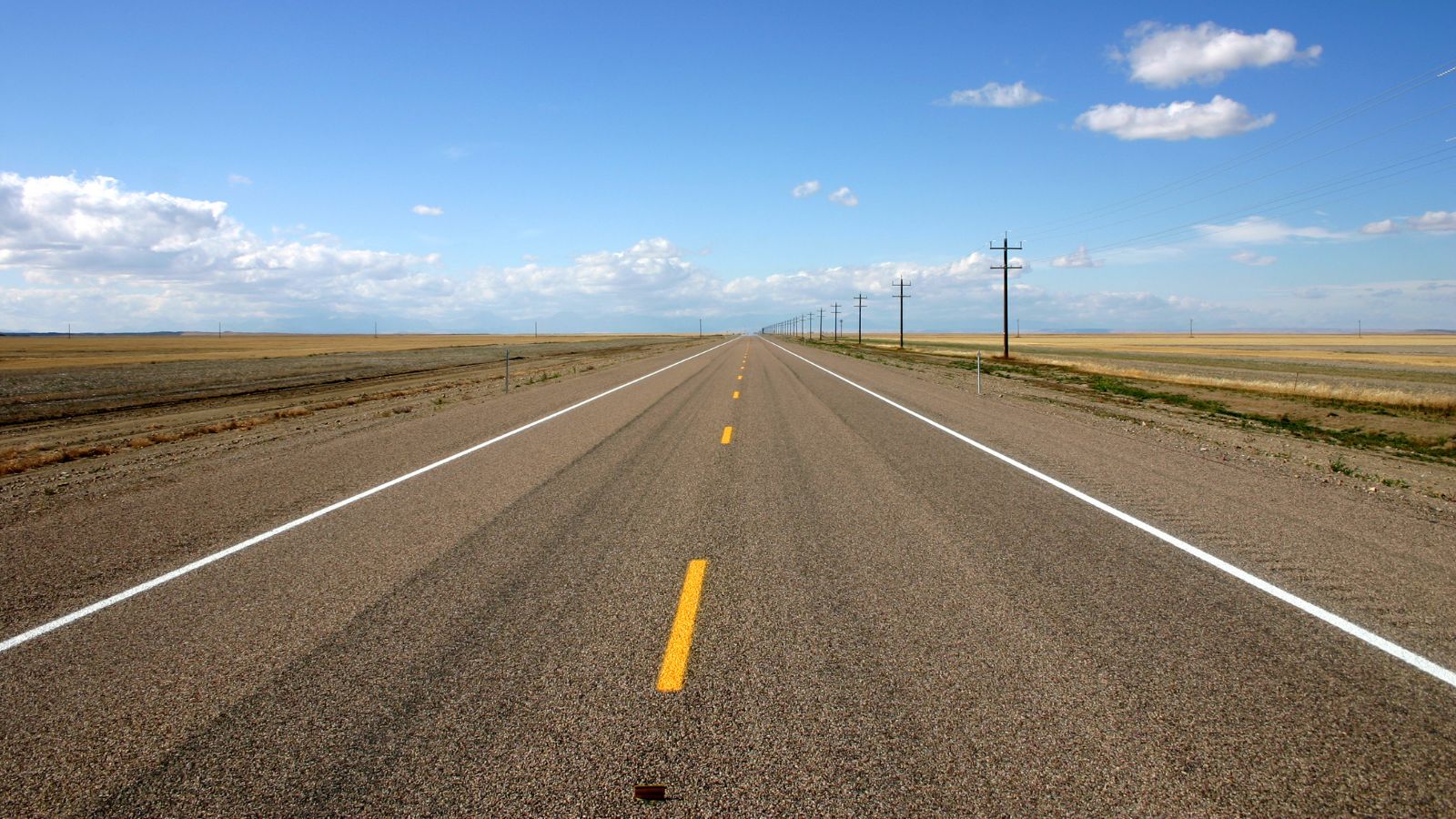
Route 2 looks simple, but its remote location makes it deadly. Help is often hours away, and cell service is unreliable. High speeds and wildlife collisions add danger, making it one of the most unforgiving highways in the northern U.S. A breakdown here can quickly become an emergency.
I-70, Colorado
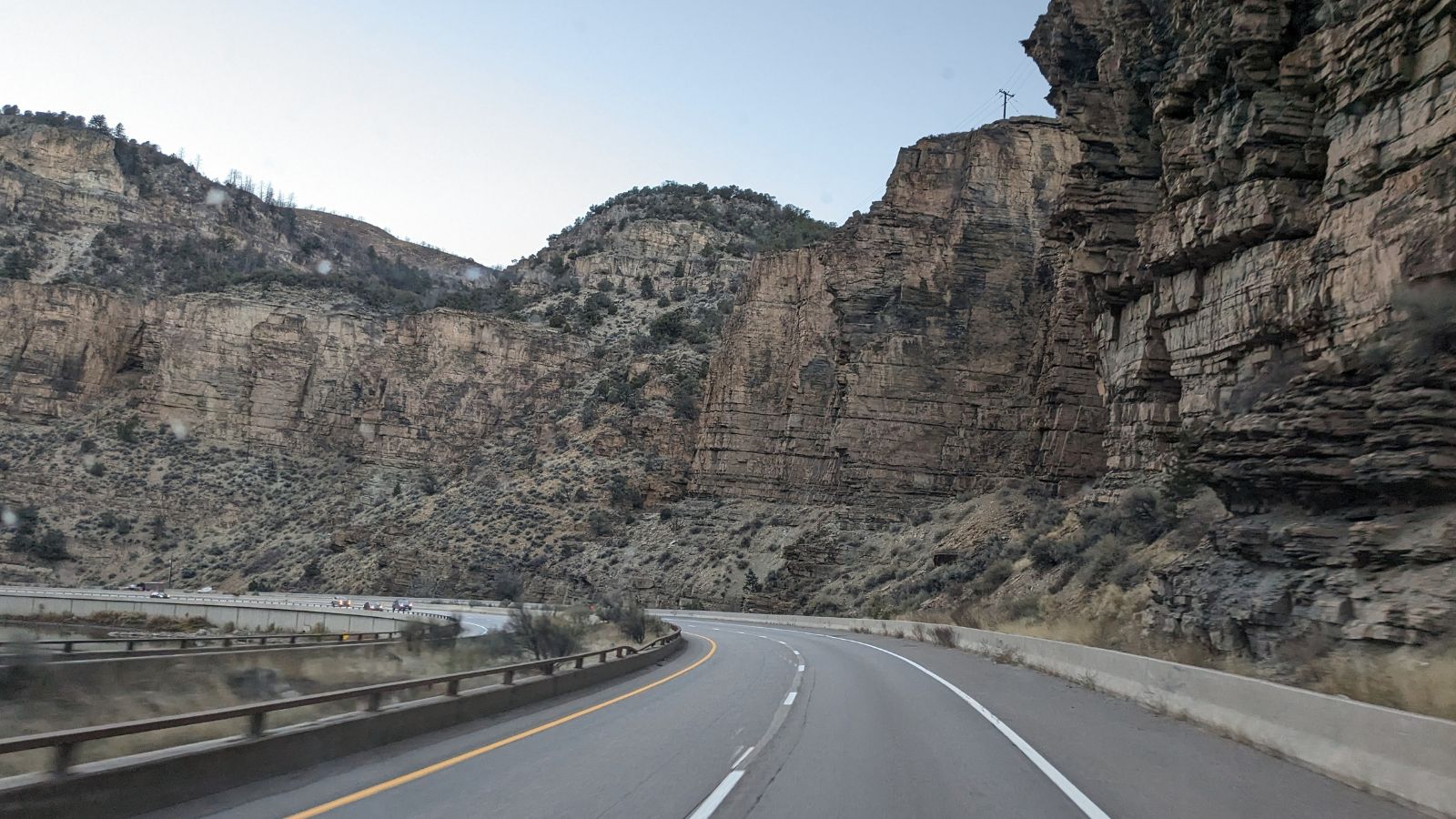
Crossing the Rocky Mountains, I-70 mixes tourist traffic, heavy trucking, and brutal weather. Sudden snow squalls make driving hazardous, while steep grades test brakes to the limit. In winter, closures are common, and even in summer, it can be a nerve-wracking drive.
Highway 20, Quebec
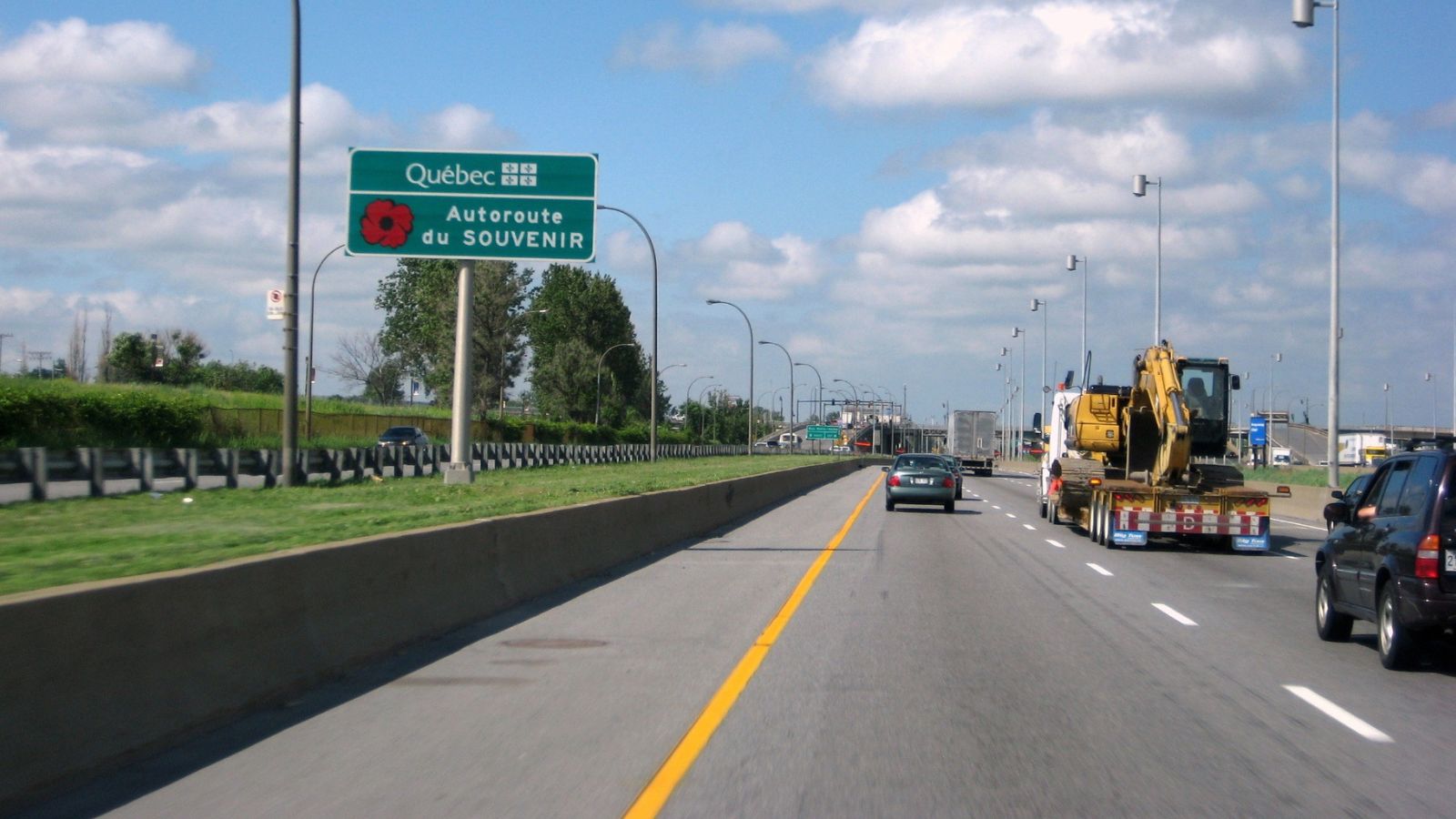
Highway 20 is another of Quebec’s busiest routes, linking Quebec City to Montreal. Its reputation comes from massive winter pileups caused by whiteouts and slippery pavement. Dozens of vehicles have been involved in some of Canada’s most infamous multi-car crashes here.
Highway 5, British Columbia
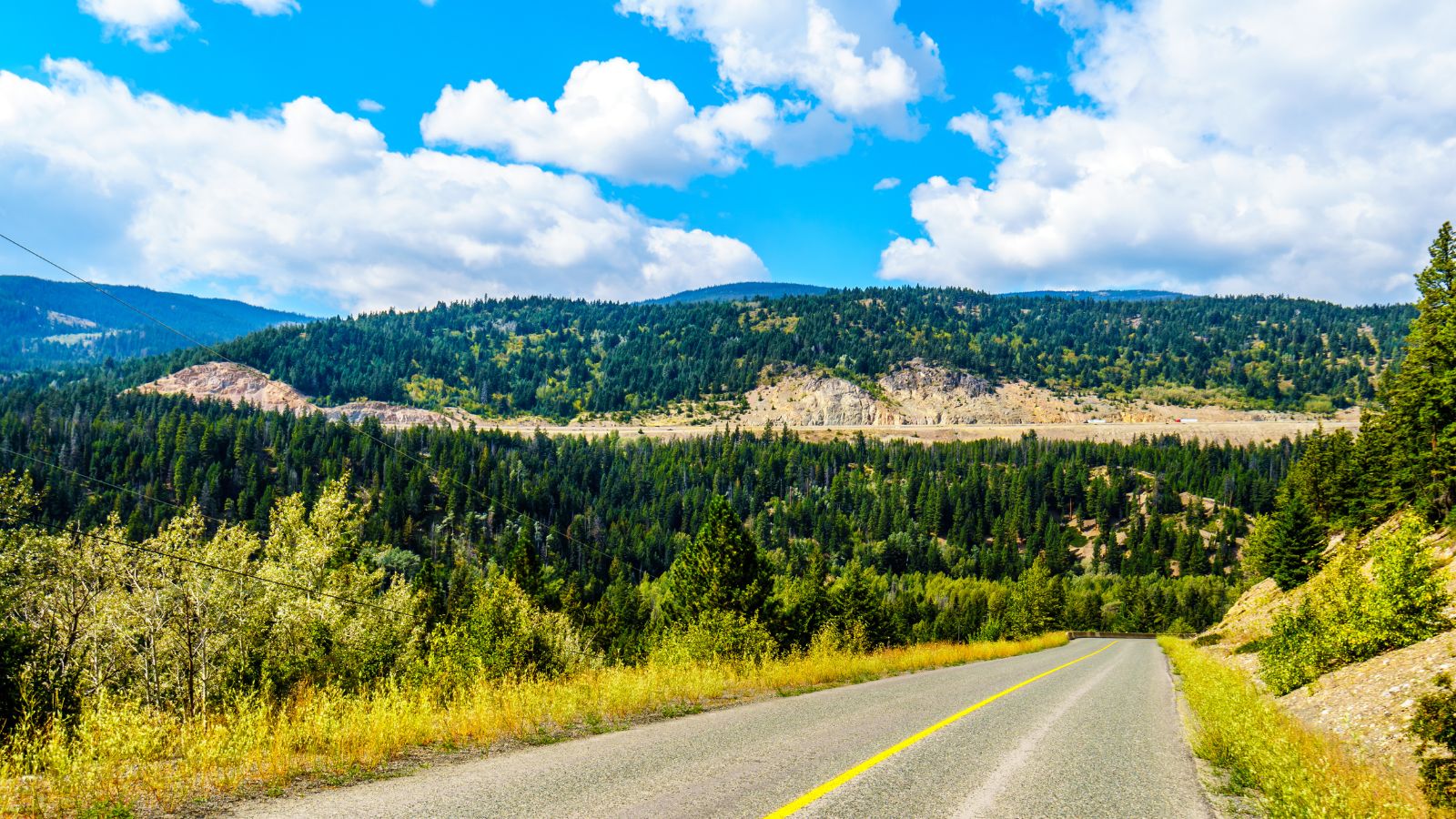
Also known as the Southern Yellowhead, Highway 5 crosses mountain passes with unpredictable weather. Snowstorms, fog, and wildlife are constant hazards. For truckers and travelers alike, it’s one of the toughest stretches in Western Canada, particularly in winter.
Why These Highways Demand Respect
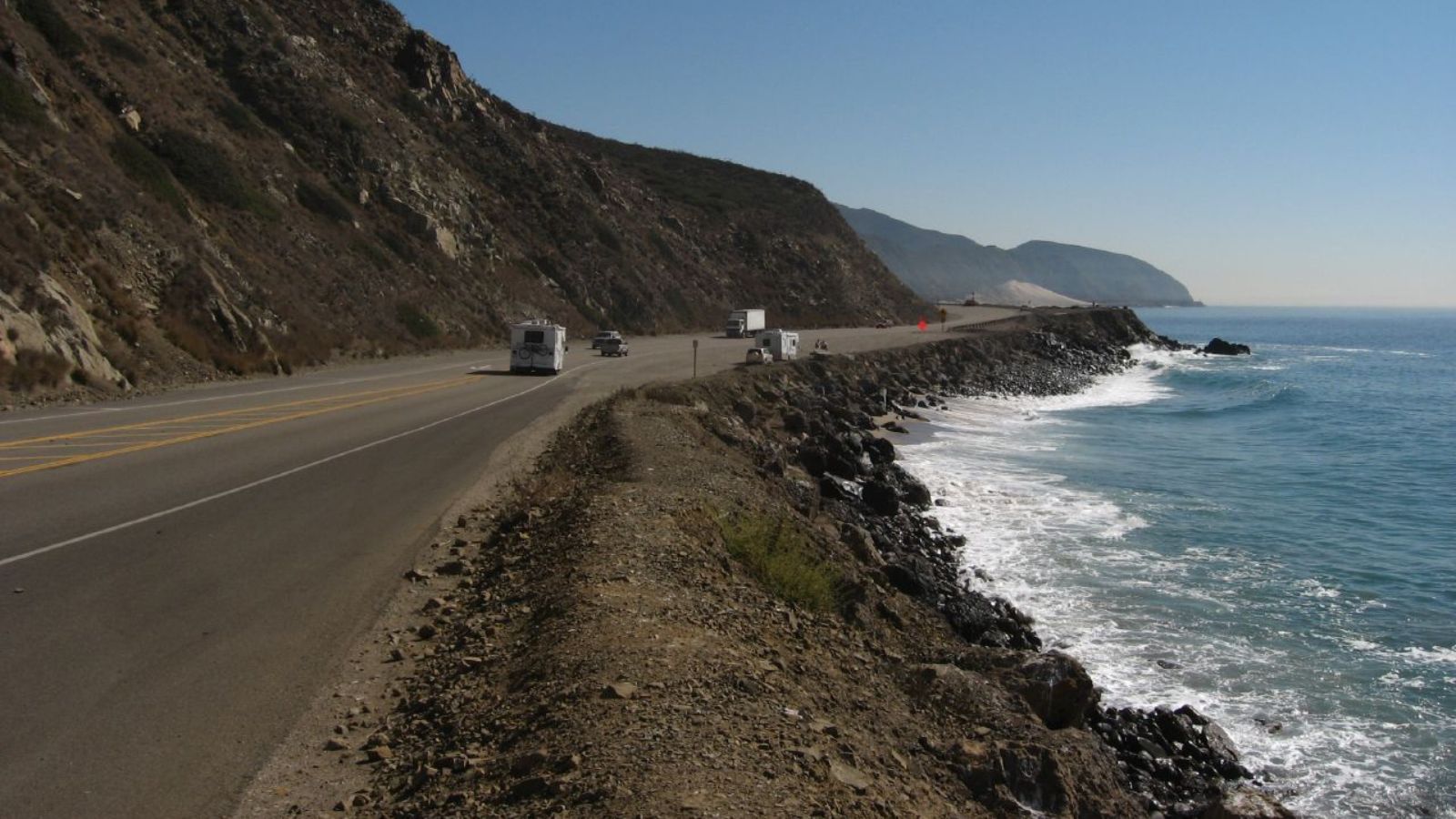
What makes these highways so dangerous isn’t just the design of the road. It’s the combination of human behavior, weather, wildlife, and geography. Speeding, fatigue, and distracted driving are often as deadly as ice or blind curves. In Canada, brutal winters add another layer of risk, while in the U.S., high traffic volumes and long distances increase the odds of tragedy. For drivers and riders alike, these roads are a reminder that respect and preparation are non-negotiable. On highways like these, one mistake can be the difference between an unforgettable journey and a nightmare.
25 Facts About Car Loans That Most Drivers Don’t Realize

Car loans are one of the most common ways people fund car purchases. Like any other kind of loan, car loans can have certain features that can be regarded as an advantage or a disadvantage to the borrower. Understanding all essential facts about car loans and how they work to ensure that you get the best deal for your financial situation is essential. Here are 25 shocking facts about car loans that most drivers don’t realize:
25 Facts About Car Loans That Most Drivers Don’t Realize
